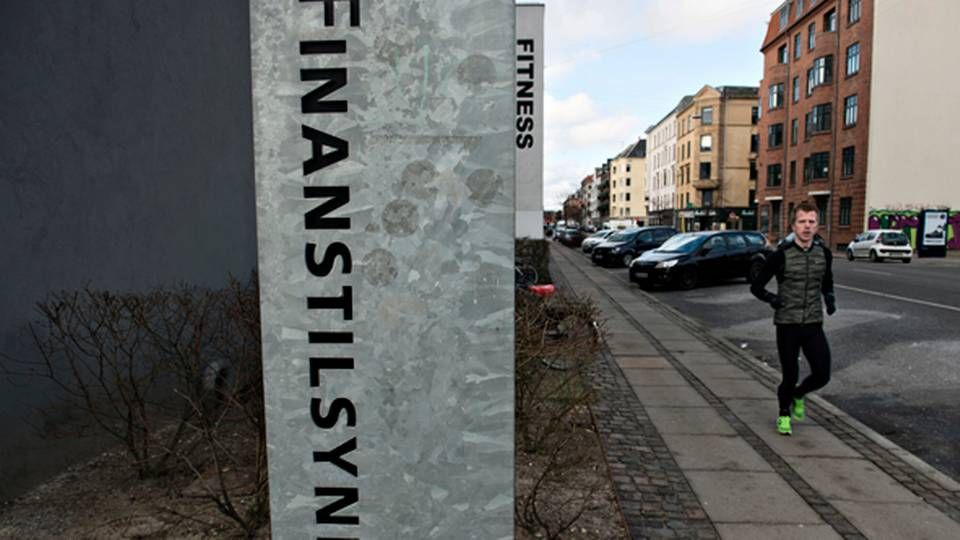Mutual funds' costs fall for first time in five years

For the first time in five years, the costs for Danish mutual funds fell in 2016. However, it was a marginal decrease, and was primarily due to technicalities, according to the Danish Financial Supervisory Agency (FSA)'s annual review of the market development for Danish mutual funds.
"Firstly, it reflects that the mixed funds have seen a slight decrease in costs per invested DKK. This is due to the fact that the members' capital grew more than administrative expenses. In both equity and bond funds, the burden rate was unchanged from 2015 to 2016," the Danish FSA writes in the review.
"Secondly, from 2015 to 2016, there has been a minor shift in the average member capital on an annual basis from the share investment funds compared to mixed funds and bond funds, which have both on average had lower expenses than the share investment funds."
As FinansWatch has previously described, the number of mixed funds has increased by one third over the course of 2016 and this year. It happened in the run-up to the implementation of the MiFID II directive, which will from July 1 ban banks from receiving commissions from mutual funds in relation to portfolio management agreements. However, the mixed funds are unaffected by the ban.
Commission ban
The Danish FSA comments on this in the review of the market development. In February, the FSA published its interpretation of the ban on commission payments. It stated that payment for counseling, distribution, sales, and marketing was subject to the ban, but it was still possible to receive payment for e.g. administration and investment management.
"The boundary lies where the payment begins to actually depend on the distribution effort," the FSA writes in a themed section on MiFID II.
The Danish FSA repeats previous statements about its intention to follow developments on the Danish market for sales of mutual funds.
"It covers e.g. any possible shifts away from portfolio management agreements towards products that are not covered by the commission ban. It is supposed to ensure that the agreements that a mutual funds enters with a bank regarding supply of services do not prevent the fund from complying with the regulatory requirement that the fund must be managed in the interest of its members," the FSA writes.
Professional investors sold off funds
The Danish FSA's annual review of Danish mutual funds also shows that the in funds primarily targeted towards private investors, so-called UCITS funds, grew by DKK 67 billion (EUR 9 billion)in 2016 to DK 873 billion, while the assets in capital funds, mostly used by professional investors, grew by DKK 48 billion to DKK 1,171 billion.
"The growth in UCITS can be ascribed to 85 percent net contributions and 15 percent value added. For capital funds, the growth is exclusively due to increase in value from the net sales of capital funds," the FSA writes.
English Edit: Marie Honoré













